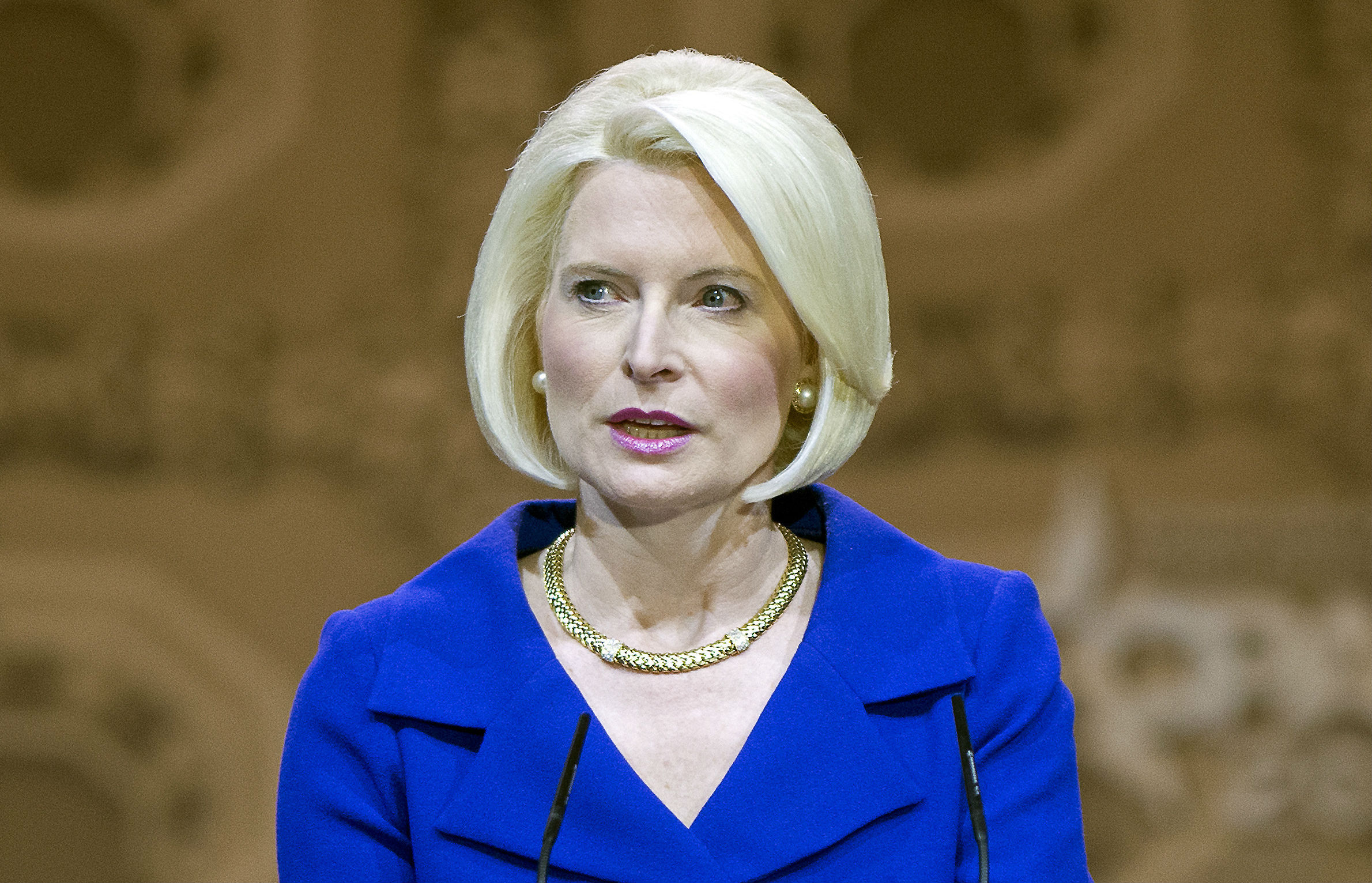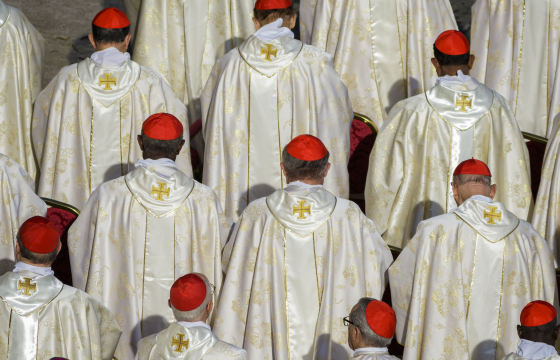When Pope Francis brought forward his trip to Egypt to April and cleared his diary for June, rumours started circulating in Rome that he was preparing to make a new batch of cardinals. It turns out the speculation was right. On Sunday, Francis announced he was admitting five new members to the world’s most exclusive club: the men dressed in the scarlet robes who have the task of electing the next Pope.
For the Latin American pontiff, who has many powerful opponents inside the Church who are opposed to his reforms, choosing the makeup of the new body of cardinals is crucial as his successor will be tasked with implementing his legacy.
With this in mind, the Pope announced that he was giving five new red hats to clerics from far flung corners of the globe; those working on the “peripheries,” the place where Francis believes the Church must go out to.
And, as we’ve come to expect with Francis, there were some surprise picks.
He has decided that for the first time a Swede, Bishop Anders Arborelius of Stockholm, will be made a cardinal, while El Salvador will have its first cardinal with the choice of Bishop Gregorio Rosa Chávez, an auxiliary in the Archdiocese of San Salvador, who worked closely with Oscar Romero, the martyred former archbishop of the archdiocese.
Archbishop Jean Zerbo of Bamako, Mali and Archbishop Louis-Marie Ling Mangkhanekhoun, Apostolic Vicar of Pakse, Laos also become the first to have red hats from their country. Only Archbishop Juan Jose Omella of Barcelona, Spain is the choice from a traditionally Catholic country.
Making the announcement following the traditional Regina Coeli prayer in St Peter’s yesterday, the Pope explained the new cardinals “come from different parts of the world, showing the catholicity of the Church”.
Following next month’s consistory, to take place on the 28 June vigil of the Feast of St Peter and St Paul, Francis will have chosen 49 of the 121 voting cardinals, meaning he has chosen almost half of the electors.
Throughout his pontificate Francis has stressed that becoming a cardinal is not about status but service and has made it his mission to give red hats to unambitious, pastorally-minded men. He’s also been keen to ensure cardinals now come from all over the globe: after the next consistory he will have handed red hats to 13 countries who’ve never had them before.
It means a throwing out of the old rule book where leaders of certain prestigious dioceses or Vatican departments were automatically made cardinals. This in turn has undercut clerical ambition making it less appealing for bishops from small dioceses to try and be transferred to bigger ones.
Critics of the Pope’s choices, however, say he is stacking the college with “personal choices” while his predecessors, John Paul II and Benedict XVI, respected convention even if it meant selecting cardinals who had a different ecclesial vision to them. Nevertheless, Francis has pushed ahead with creating cardinals he believes have the pastoral credibility to do the job, and are true representatives of their local church.
Take Bishop Anders Arborelius, who is the first Catholic bishop of Swedish origin since the Reformation and in charge of the only diocese. A member of the Carmelite religious order, he works in a country where the tax office has a higher approval rating than the Catholic Church. As a result he has strong ecumenical relationships where the churches coordinate their efforts with prison, hospital and university chaplaincies.
“In the past ‘Pope’ and ‘Reformation’ were opposite things,” Bishop Arborelius told me in Sweden during the visit of Pope Francis last November. “Now there is a link between the spiritual heritage of reformation and Catholic heritage.”
He is an example of someone working in the existential peripheries of a non-believing country and where the tiny Catholic community is slowly growing: there are 113,356 official members which now use 100 Lutheran churches in Sweden. There are around 100 converts a year to Catholicism and it is this sort of “mission work” that the Pope wants to encourage.
Although he is keen to create cardinals who follow his pastoral vision, by giving just five new red hats Francis is keeping to the self-imposed limit of 120 cardinal electors (those under the age of 80) established by Paul VI. This can be broken on papal whim with John Paul II increasing numbers to 135 during his papacy.
Given the Petrine element of the feast of St Peter and St Paul, this is seen as an appropriate time to create cardinals: it is also a time when the Pope presents the pallium - a vestment made out of lamb’s wool - to recently appointed archbishops as a symbol of their jurisdiction.
Francis’ three previous consistories have been in February, near to the feast of the Chair of St Peter, and November, to mark the Feast of Christ the King. These liturgical celebrations are all closely associated with naming cardinals.




 Loading ...
Loading ...